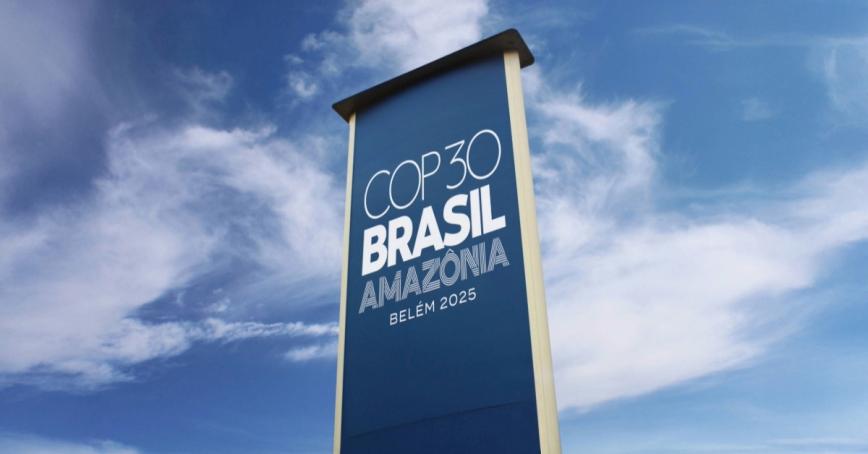RRU in the media: Another COP, is there anything to show for it?
Topics
Featured
Share online

The United Nations’ Conference of the Parties (COP) held its thirtieth meeting in the Amazon rainforest, with the intent of highlighting a habitat that is experiencing tremendous impact from climate change. The gathering brought together thousands of delegates including politicians, activists and energy representatives to discuss ways to drop C02 emissions globally.
In her interview with CBC On The Island, associate business professor and Canada Research Chair, Reimagining Capitalism, Julie MacArthur shares some of her insights into COP30.
Here is an excerpt from the interview:
“There is a lot of action on a just transition mechanism called the BAM, the Belem Action Mechanism. We saw a lot of activity with support from around the globe to ensure that as fossil fuels and energy systems are transformed that workers most affected and average people aren’t left out. So, there’s been a big push on this.
“There’s also...this is the COP where there has been the most Indigenous engagement and involvement in terms of delegates. There were more than 900 Indigenous delegates at this COP, but as you mention, this COP has also been, because of its position in the Amazon, and also the framing of this being an Indigenous COP in many ways, I think the protests are really important to highlight, because even though there are 900 Indigenous delegates, we had twice as many fossil fuels delegates and over 300 lobbyists from the global agrifood industry.
“So even with this being a more Indigenous representative COP the protests and the representation from these other actors illustrate that it’s still not extraordinarily inclusive. These COPs are still fairly concentrated in state and industry actors.”
Listen to the full interview on CBC On The Island.
Image credit: AdobeStock